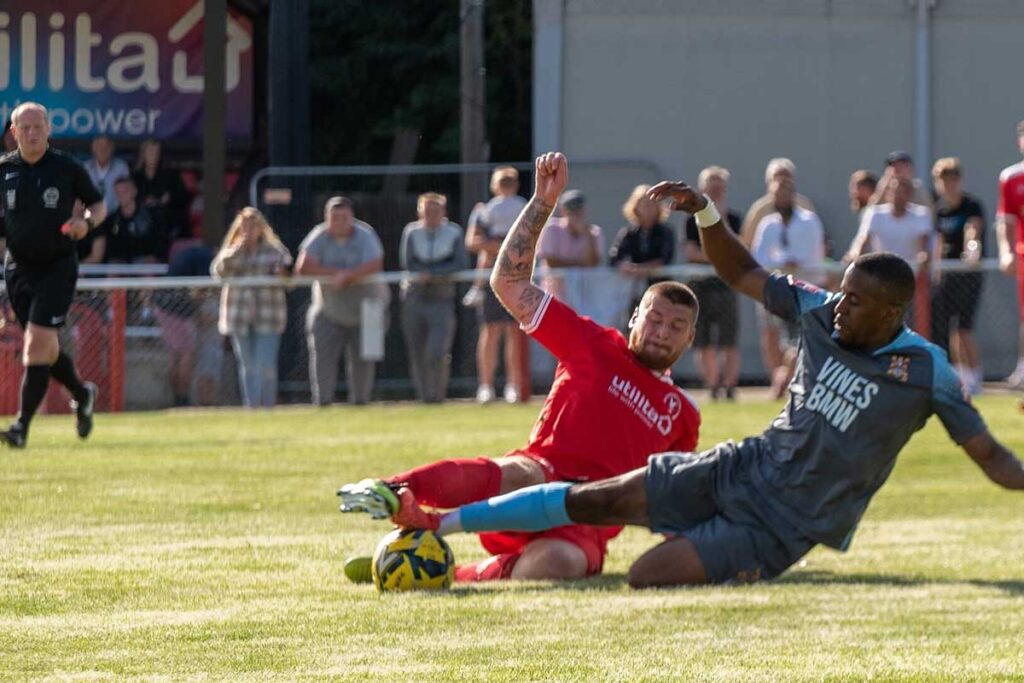Fundraising is an essential part of any non-profit organisation like charities, clubs, and schools. As you know, it can help to bridge the gap in finances to keep activities and crucial services open.
With the evolving non-profit scene, new fundraising trends have surfaced, especially donor-centric and community-centric fundraising.
Grasping these ideas can help you draw in and keep donors and supporters.
In this article, we’ll break down what donor-centric and community-centric fundraising means, highlight their differences, and share actionable tips on how you can leverage them for your organisation’s success.
What is Donor Centric fundraising?
Donor-centric fundraising is a part of any successful fundraising strategy because it’s a steady and dependable way to raise funds each year.
As Penelope Burke, author of “Donor-Centred Fundraising” explains, this approach encourages donors to stay loyal and give more generously over time. It involves building long-lasting relationships with donors by communicating in ways that suit them and creating a unique bond between them and your organisation.
Three important elements of donor-centric fundraising include:
- Making sure your donor receives prompt and meaningful acknowledgement of any donation
- Allocating every donation, no matter the size, to a specific programme or project, not just the organisation as a whole
- Offering a report on how the donation was used and its impact before requesting another
The main goals of donor-centric fundraising are:
- Donor retention – Maintaining a positive relationship with your donors is crucial as most of them are likely to donate again. Regular updates and invitations to events help make them feel valued and connected to your organisation
- Upgrades – Encouraging donors to increase their donations as trust builds over time. Seeing the impact of their contributions can motivate them to give more
- Referrals – Motivating your donors to introduce potential high-value donors from their network to your organisation
What is Community Centric fundraising?
The Community-Centric Fundraising (CCF) website, defines it as an approach that is rooted in fairness and social justice, focusing on the needs of the entire community rather than individual organisations.
The aim is to create a supportive community that passionately supports your cause. This method values the engagement and participation of local communities, building relationships based on shared objectives and principles, rather than simply making donors feel good.
Community-centric fundraising emphasises diversity, equality, and inclusion, putting the community before individual donors. Its focus on people over transactions makes it ideal for long-term sustainability, loyal supporters, and active involvement from those benefiting.
You’ll often find that community-centric fundraising requires more effort and may not get you an immediate return, there’s a growing trend challenging the idea that big donors are the best fundraising source. Charities are choosing to shift away from catering to big donors’ egos and instead focusing on creating a community not reliant on any single person.
The main goals of community-centric fundraising include:
- Prioritising the power of many people working together to make a lasting impact over individual contributions
- Encouraging opportunities for collaboration (amongst non-profits) over the competition
- Prioritising the needs of the community rather than the interests of individuals
- Inviting donors and partners into conversations about race, inequity and privilege. This can feel uncomfortable but promotes the idea that a flourishing community serves everybody within it not just the most privileged
- Educating donors and community members about how equity and justice benefit everyone in a community
- Highlighting the voices of people most impacted by injustice and making space for the community to share solutions
- Sharing resources and power with people and organisations that are under-represented
What are the differences?
The key differences between donor-centric and community-centric fundraising lie in their focus. Donor-centric fundraising aims to build personal relationships with donors, treating them as essential stakeholders in an organisation.
On the other hand, community-centric fundraising is about creating a broad, supportive network united by a common social cause.
So, while donor-centric fundraising is about individual preferences and behaviours, community-centric fundraising harnesses the collective power of communities for funding needs.
Which strategy best suits your organisation?
When it comes to choosing between donor-centric and community-centric fundraising, there is no one-size-fits-all approach.
Every organisation has different goals, resources, and skills, and it is essential to understand your potential donors’ and supporters’ motivations to be effective.
At the same time, you can improve your fundraising success by incorporating elements of both approaches together. Ultimately, your donor’s experience and investment in your organisation, combined with a united and active community, will be the factors that contribute significantly to your fundraising success.
So, take the time to evaluate your organisation and its unique situation, and make an informed decision that will help you achieve your goals.
–
For additional fundraising advice and to create a successful fundraising strategy, check out our masterclass with expert Kevin Delaney – You can find it here.















